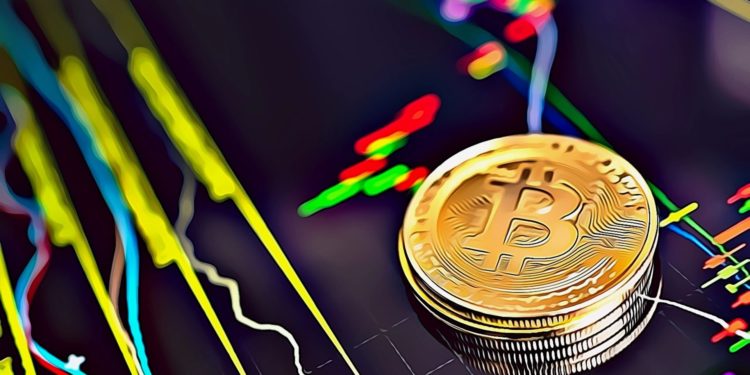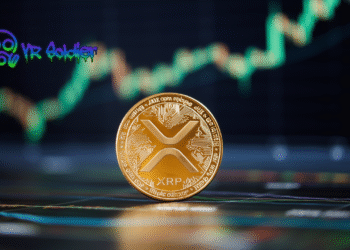In the world of investment, two primary strategies often employed are long-term holding and trading. Each approach offers distinct advantages and disadvantages, and the choice between them becomes particularly critical during bear markets or periods of high volatility. This article aims to shed light on the merits and demerits of long-term holding and trading, helping investors make informed decisions in such challenging market conditions.
Long-Term Holding
Long-term holding involves purchasing assets with the intention of retaining them for an extended period, typically years or even decades. The strategy’s merits lie in its ability to capitalize on compounding returns, benefit from overall market growth, and ride out short-term market fluctuations. Long-term holders tend to focus on fundamental analysis, seeking assets with strong underlying value. This strategy requires patience and a long-term perspective, making it suitable for investors with a lower risk appetite and a belief in the asset’s long-term potential.
However, long-term holding has its demerits. During bear markets or high volatility, portfolios may experience significant value declines, testing investors’ emotional resilience. Additionally, the lack of active portfolio management might result in missed opportunities for profit-taking or reallocating assets during market downturns. Moreover, investors need to carefully select assets to ensure they can withstand adverse market conditions and sustain their long-term growth potential.
Trading
Trading involves more frequent buying and selling of assets, aiming to profit from short-term price movements. Traders use various strategies, including technical analysis, to identify favorable entry and exit points. Trading offers potential advantages such as the ability to generate quick profits in volatile markets, flexibility to adapt to changing market conditions, and the opportunity to capitalize on short-term trends.
However, trading also carries inherent risks. In bear markets or highly volatile periods, markets can be unpredictable, making it challenging to accurately time trades. Emotional decision-making, driven by fear or greed, can lead to impulsive trades resulting in losses. Transaction costs, including brokerage fees and taxes, can eat into profits, especially for frequent traders. Moreover, trading requires active monitoring of markets, demanding significant time, effort, and expertise.
Final Thoughts
Choosing between long-term holding and trading depends on an investor’s risk tolerance, investment goals, and market conditions. In bear markets or periods of high volatility, long-term holding often provides stability and the potential for recovery over time. It allows investors to weather short-term downturns and benefit from long-term growth. However, trading can present opportunities for profit in volatile markets if executed with skill and discipline. Ultimately, investors should carefully evaluate their own circumstances and consider seeking professional advice to determine the most suitable approach for navigating bear markets or volatile periods.
Disclosure: This is not trading or investment advice. Always do your research before buying any cryptocurrency or investing in any projects.
Follow us on Twitter @thevrsoldier to stay updated with the latest Metaverse, NFT, A.I., Cybersecurity, Supercomputer, and Cryptocurrency news!
Image Source: ipheung/123RF // Image Effects by Colorcinch












